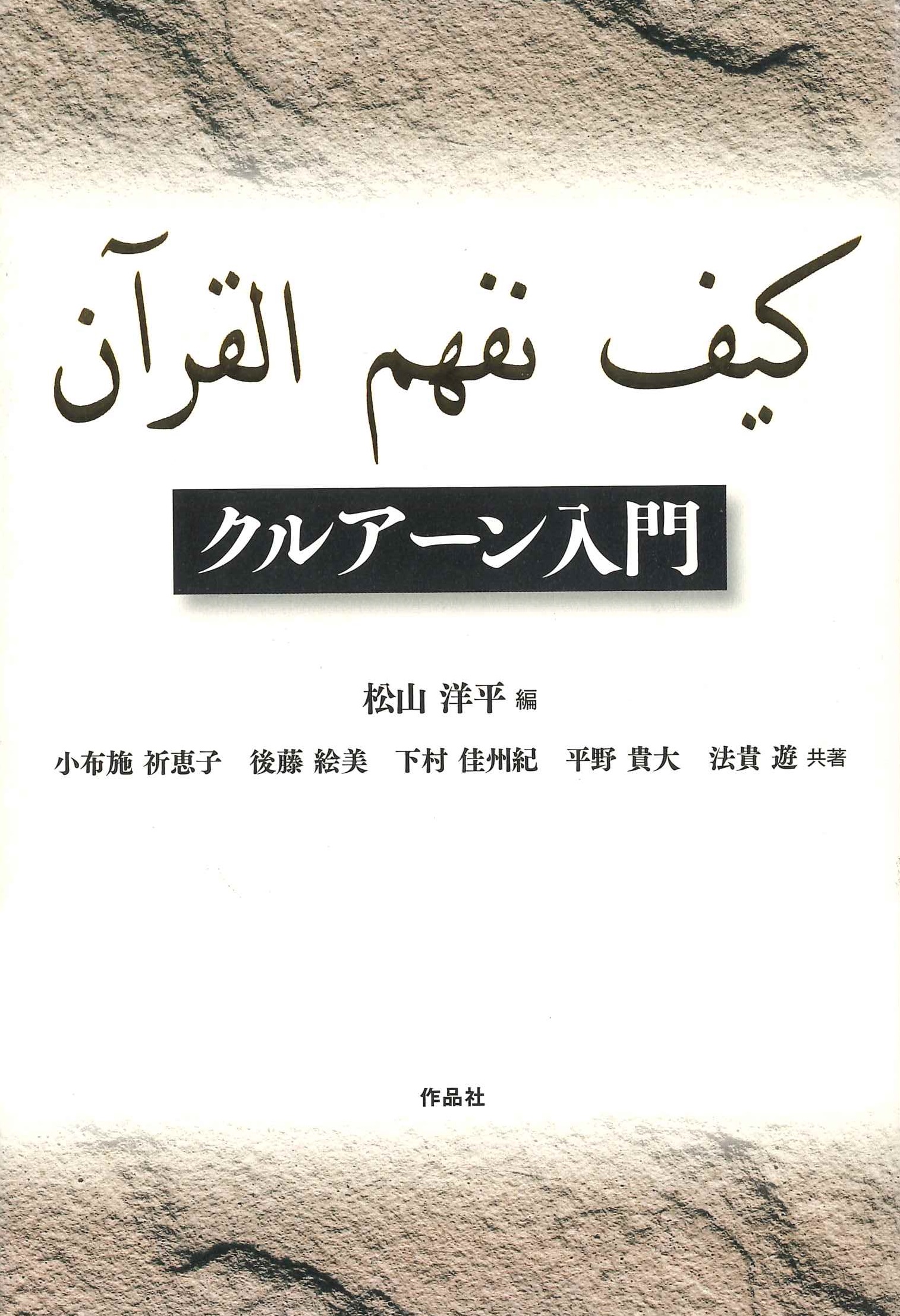
Title
Qur’ān Nyumon (An Introduction to the Qur’ān)
Size
504 pages
Language
Japanese
Released
May, 2018
ISBN
978-4-86182-699-3
Published by
Sakuhinsha
Book Info
See Book Availability at Library
Japanese Page
This book deals with various aspects of the Qur’ān, including its origins, arrangement, and how it has been read and understood by both Muslims and non-Muslims.
One of the most notable features of the book is the originality of its analysis. Although there is a wealth of research on the Qur’ān in Western academia, authors mainly refer to the original sources in Arabic, Persian, or whichever language is pertinent to their topic. By posing questions about what the Qur’ān is and how it has been read, this book has undertaken the challenge of both collecting original discussions among Muslims and then rendering and explaining them in the context of Japan and the Japanese language.
A second distinctive feature of this book is the sheer amount of information that it contains. This characteristic is especially noticeable in Parts I–III, which were mainly the responsibility of Matsuyama Yōhei and Shimomura Kazuki. For example, Chapter 3, which deals with the circumstances leading to the compilation of the Qur’ān into a single volume, not only discusses its compilation by the third caliph Uthman but also addresses various questions related to the orthography of the Uthmanic codex and to methods of reciting the Qur’an. In each case, multiple theories are presented. Additionally, in various chapters of Parts II and III, the basics of a specialized understanding of Qur’ānic hermeneutics, about which very little has been introduced to Japanese readers, are exhaustively presented. The contents of these chapters lend to this book a depth that goes far beyond the introduction implied by its title.
An Introduction to the Qur’an also features a broad field of vision that even includes minority viewpoints regarding how the Qur’an is read and teaches readers to view the world. Whereas the majority of general books about Islam deal only with Sunni orthodox readings of the Qur’ān, this book includes studies from fresh perspectives that show the intellectual breadth of this scholarship. For example, Chapter 11 by Hirano Takahiro deals with Shi’ite perspectives on commentaries on the Qur’ān, and Chapter 13 by the present writer deal with modern debates about the Qur’ān and gender, Chapter 14 by Hōki Yū examines the relationship between the Qur’ān and the Hebrew Bible, and Chapter 16 by Obuse Kieko explores Muslim views of Buddhism and the Buddha.
The contributors to this book are comparatively younger researchers; they range in age from their twenties to their early forties at the time of publication. It is probably because they belong to a generation that had the opportunity to pursue their studies on the foundations of an accumulated body of Islamic studies in Japan, and because they were able to receive thorough training in languages such as Arabic and Persian, that they have been able to engage in such profound discussions and undertake research with a broad field of vision. As one of the contributors, I sincerely hope that the next generation will use this book as a catalyst for the exploration of new horizons.
(Written by GOTO Emi, Specially Appointed Associate Professor, Network for Education and Research on Asia / 2021)



 Find a book
Find a book


